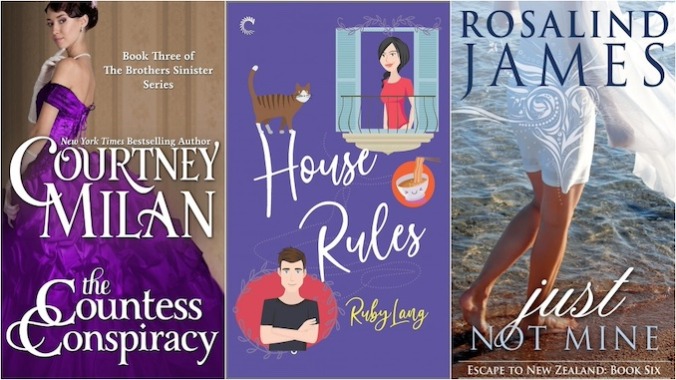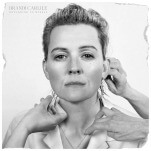What Does Happily Ever After Look Like in Infertility Romance?

I’ll never forget the experience of reading a contemporary romance in which the female lead went into a friends-with-benefits arrangement thinking that all she could offer her love interest was a fun time, since she knew that her diagnosis of endometriosis made her unable to have children. Of course, they fall for one another, and she’s forced to reveal that she can’t give him the big family he wants, but he says let’s make it work anyway… and then, lo and behold, in the epilogue she discovers she is miraculously pregnant.
I’m pretty sure I yelled something akin to “are you fucking KIDDING me” and did the ebook equivalent of throwing the book across the room, which was furiously swiping away while fighting back tears. (The book, for those needing a similar content warning, was Abbi Jimenez’s The Friend Zone.) At that point, I was at least a year into my own infertility journey, in which my husband and I were doing our best to hit the target (so to speak) while I also exhaustively took my temperature at the exact same time every morning, cut out alcohol and other indulgences, and otherwise pretended like I was pregnant even though no matter how hard we tried, every month we faced another blank pregnancy test.
-

-

-

-

-

-

-

-

-

-

-

-

-

-

-

-

-

-

-

-

-

-

-

-

-

-

-

-

-

-

-

-

-

-

-

-

-

-

-

-








































